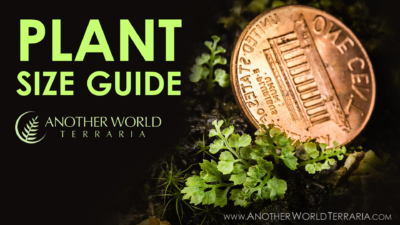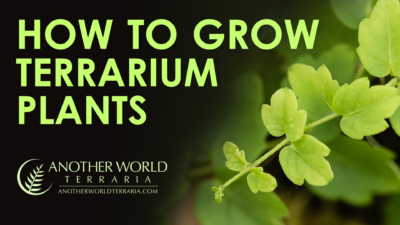Genus
Begonia See All Search SiteSpecies
rubidaTaxon Family
BegoniaceaeOrigin of Taxon
Endemic to Sarawak - Kuching DivisionGrowth Habit
ErectImages
-
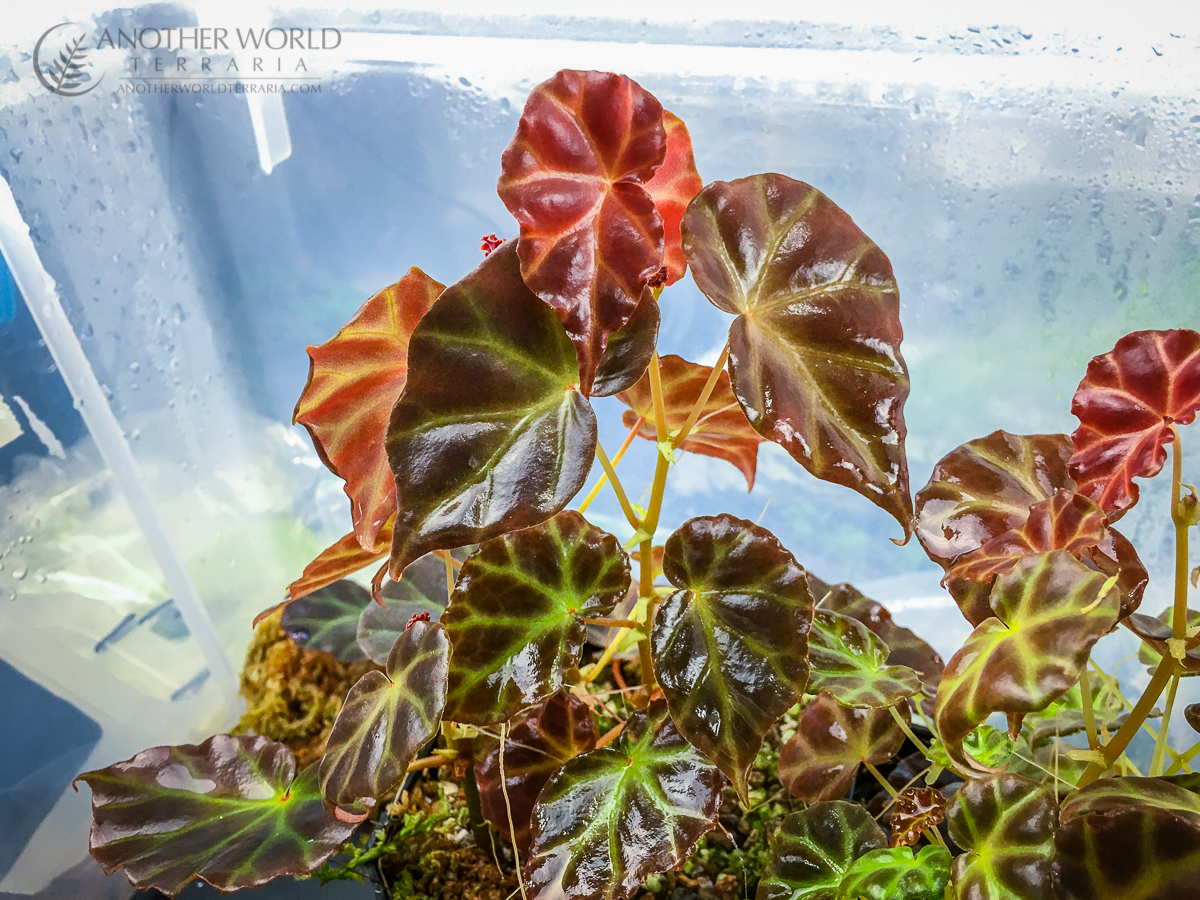
Begonia rubida
-
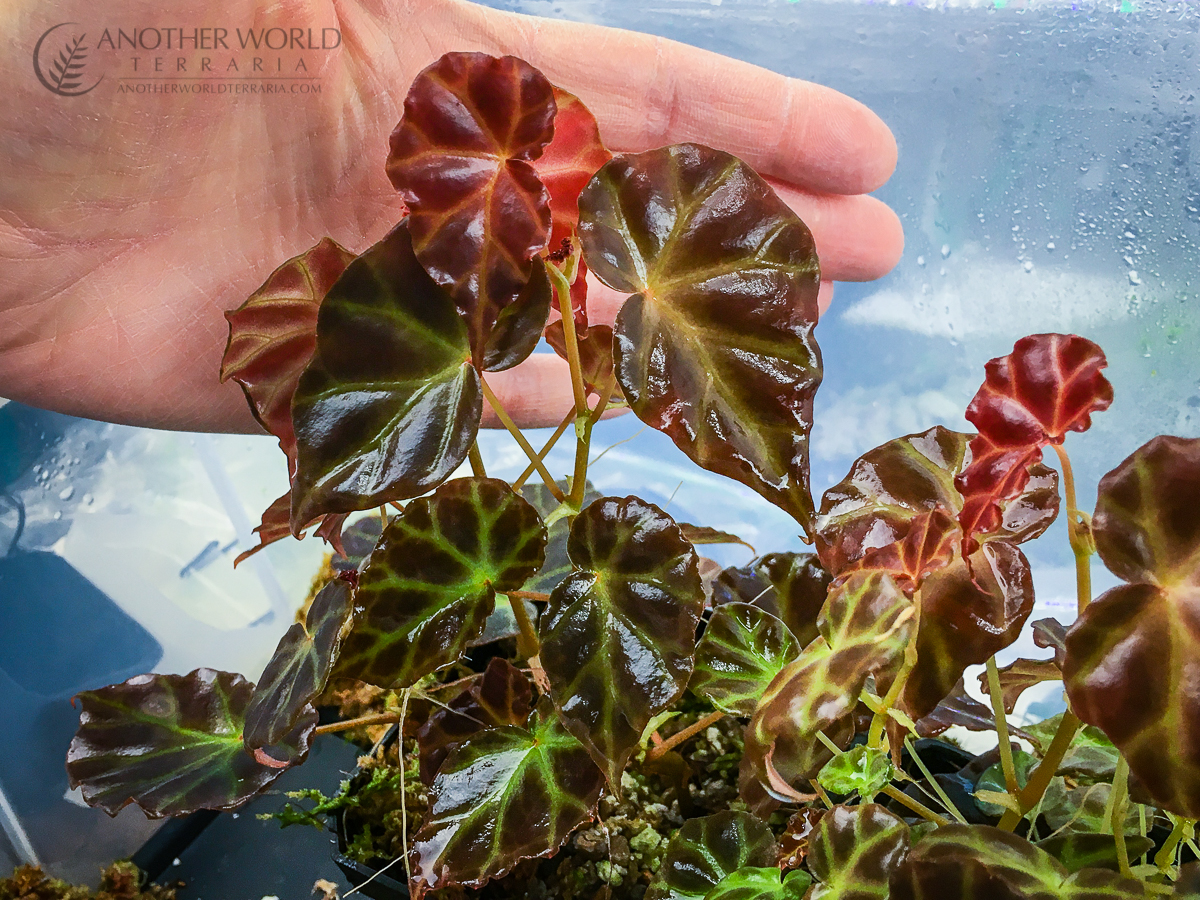
Begonia rubida
-
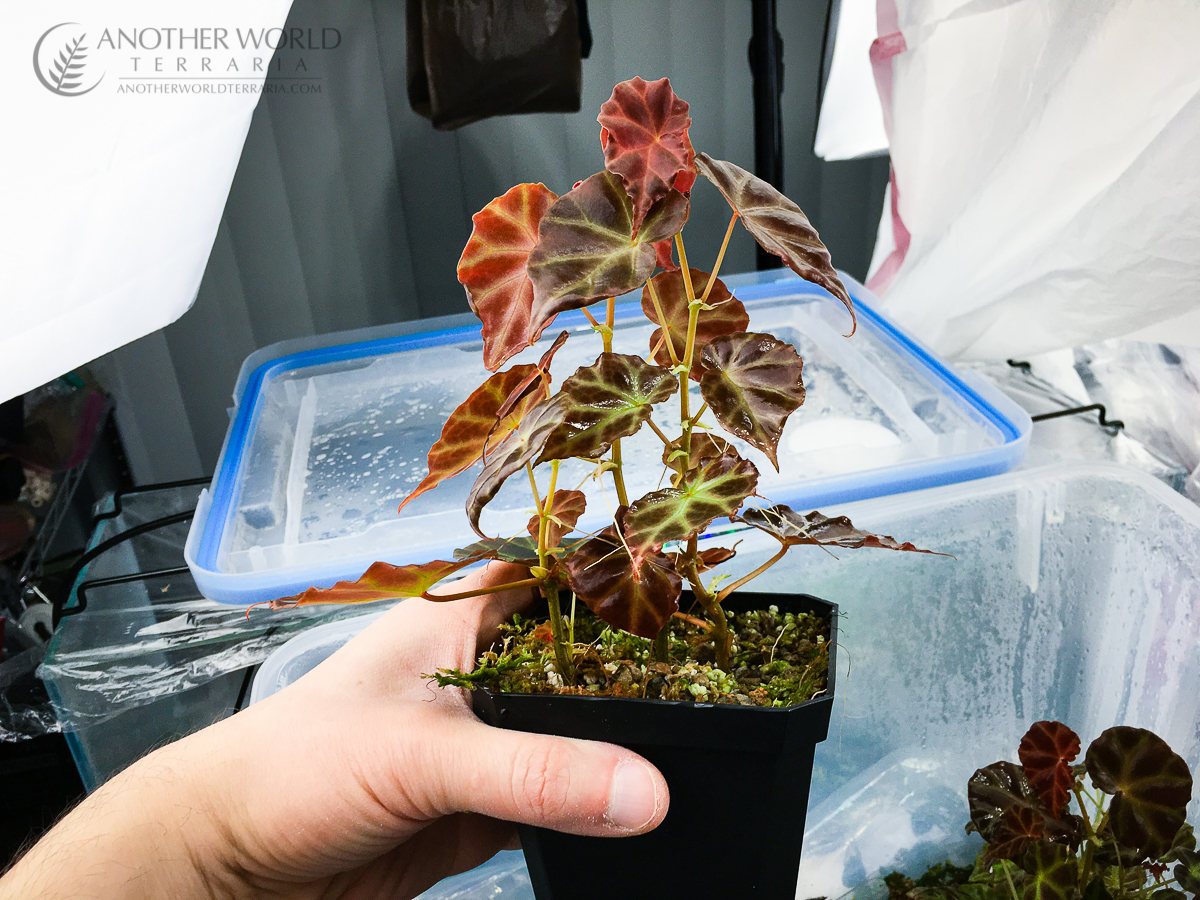
Begonia rubida
-
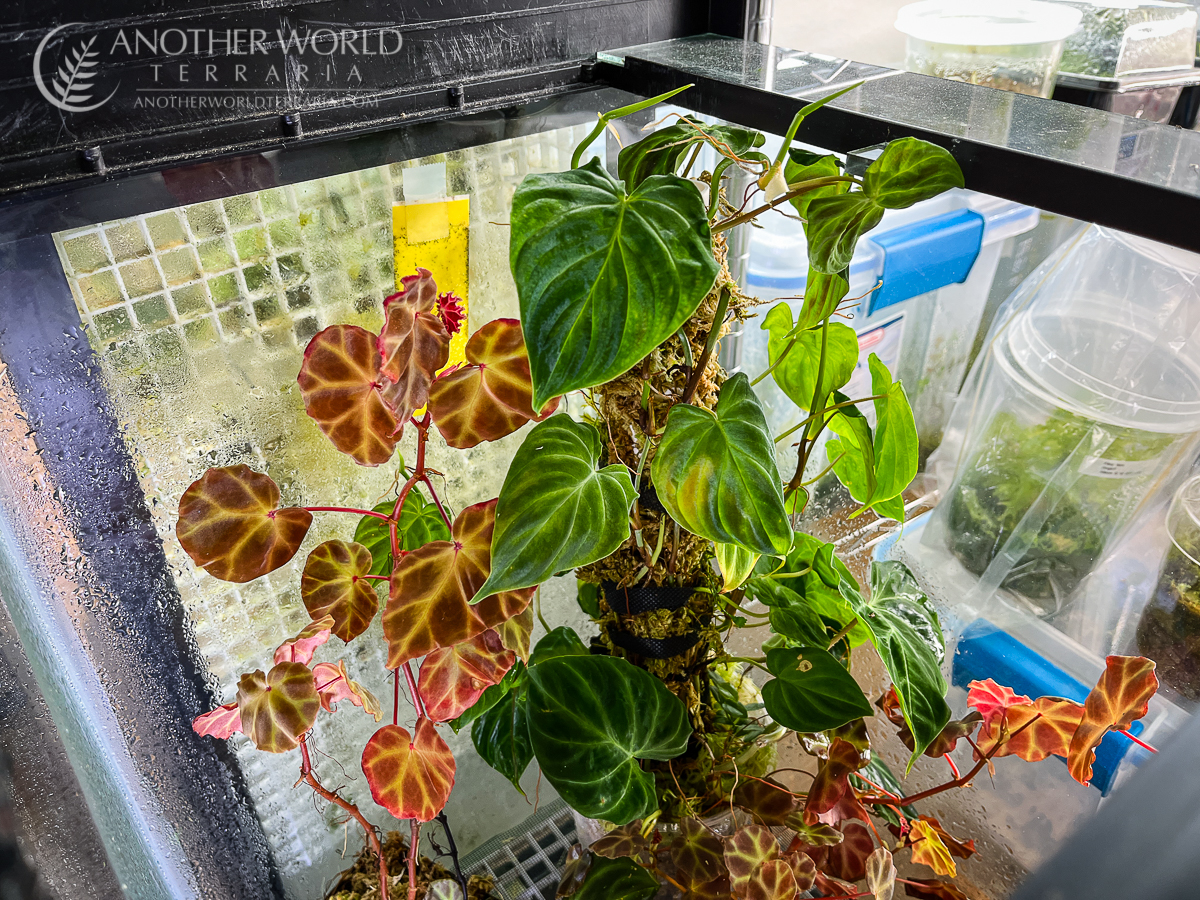
Begonia rubida growing in a glass tank with other plants
-
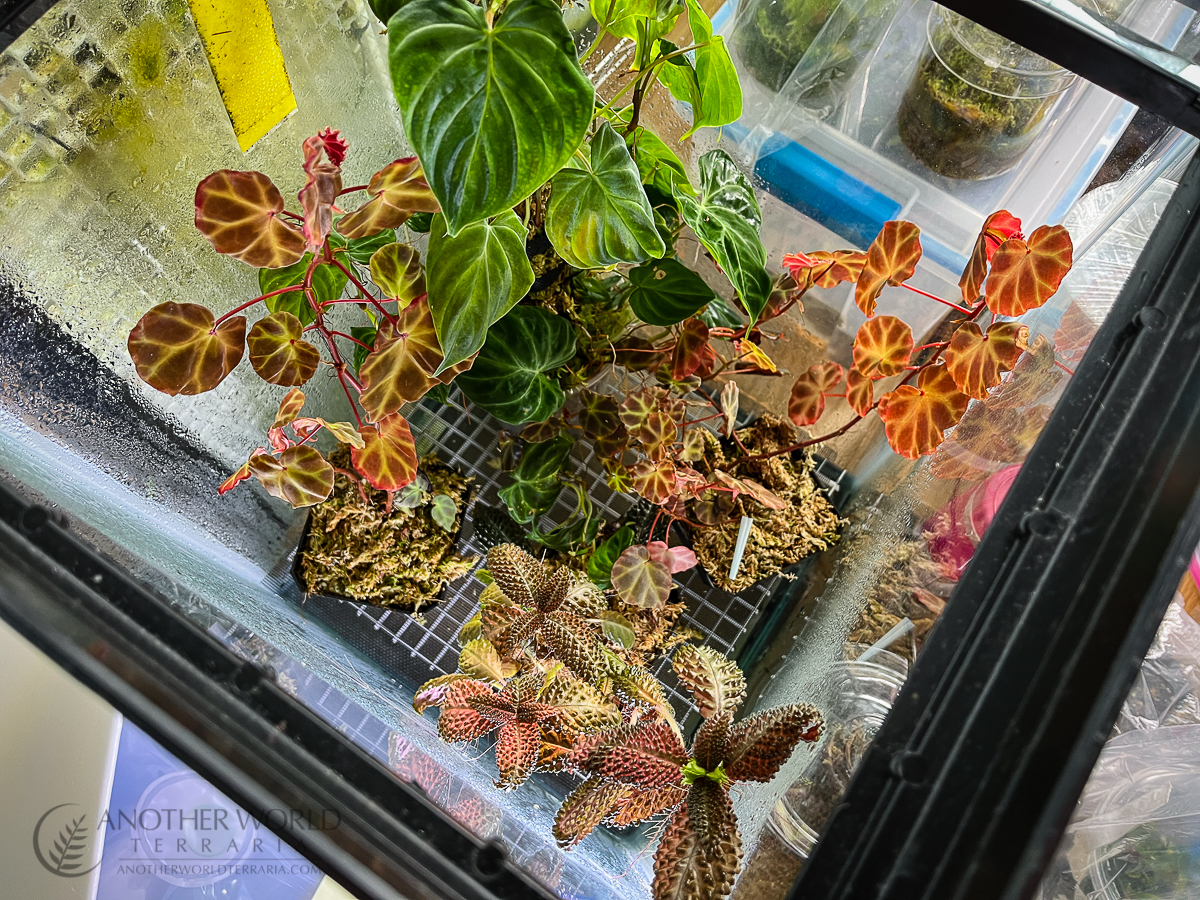
Begonia rubida growing in a glass tank with other plants
Description
This stunning Begonia‘s species name, rubida, comes from the root word “rubi,” which references the red color of the foliage and flowers.
Within the grand scheme of the genus, rubida is a medium-sized species.
This Begonia grows only in limestone forests, in the tower karst hills of the Bau and Padawan-Serian limestone, in Borneo.
It is found around cliff faces and lightly shaded areas, up to 300m elevation.
The natural substrate is often a peaty soil or thick leaf litter.
Foliage & Growth habit
The leaves can be varying colors and patterns of green and red-maroon, sometimes with contrasting vein patterns.
The stems of this Begonia are stiff and generally a reddish or brown-green color.
This is a canelike species which grows erect, up to a little more than 3 feet tall.
Flowers
The flowers are ruby red.
Culture info
Substrate
This is a terrestrial plant, so is best grown in a pot, tray, or similar situation.
It’s quite forgiving when it comes to substrate choice, as long as it’s well-drained and airy.
Generally, it prefers a neutral to acidic pH.
It can be grown in a potting mix which has been amended with extra perlite or a similar ingredient, to improve drainage and avoid compaction.
It also grows well in sphagnum moss, again, amended for increased drainage.
For improving drainage, I like to choose ingredients (in addition to perlite) which are slightly alkaline, to balance out the acidity of peat or sphagnum. For example, pumice gravel, or a fired clay such as Bonsai Block.
You can browse the substrates list on my Amazon page to see some of the substrates that I use for my plants and terrariums, as well as the substrate recipes page for examples and ideas.
Water
For Begonia rubida, you want the substrate to be moist, but well-drained, never very wet or soggy.
Never let the pot or roots sit in water.
It can handle being a little on the dry side for short periods, but not completely dry.
I don’t water until the substrate starts to get to a level where there’s just a little moisture left.
Humidity
This species prefers high humidity.
Light
This plant can grow in a wide range of lighting conditions.
In the wild it’s found in shaded areas as well as exposed areas with more sun.
The brighter the light, the more intense the red foliage will become.
That said, in lower light, it has beautiful green tones.
By the way, I have a video that shows and discusses the lights I use for my plants, as well as a tutorial series for how to set up a grow rack.
Temperature
I grow it in intermediate to hot temperatures; whatever the ambient temperature is in my home.
Air Movement & Ventilation
I’ve grown this species in a sealed bin as well as in conditions with more ventilation.
It is a good grower in either case, but it seems to grow strongest with some air flow and/or ventilation, and this also helps prevent fungal, bacterial, and other health problems.
Fertilizer
Use a diluted liquid fertilizer or a low dose of a slow-release fertilizer such as Osmocote Plus.
Frequency depends on the dose and strength of the fertilizer you are applying.
When in doubt, use less fertilizer, then increase if needed.
See my plant fertilization video for more info, or pick up some of my recommended fertilizers on Amazon.
Propagation
The easiest and fastest way to propagate Begonia rubida is from tip stem cuttings.
Leaf cuttings will also work, but tip stem cuttings are much easier, faster, and fail less often.
Simply cut the top of a stem off, for a cutting of perhaps 2″-“6” tall, remove the lower leaves, and then insert the bare cane into the substrate. For rooting canes, I prefer a mix of sphagnum and perlite.
Other notes
This is a strong species which is quite resilient in many conditions, and grows fast when it’s happy.
It can get several feet tall in the right conditions, but in some cases it may stay shorter.
You can also prune it back without causing any permanent harm.
The plant will simply form new stems and offshoots from below the cut.
References
- Kiew, R & Sang, J 2007, “Begonia (Begoniaceae) from Limestone Hills in the Kuching Division, Sarawak, Borneo, including nine new species.”, Gardens’ Bulletin Singapore, vol. 58, no. 2, pp. 199-232.
- Kiew, Ruth, Sang, Julie, Repin, Rimi, and Joffre A. Ahmad. 2015. A Guide to Begonias of Borneo. Borneo: Natural History Publications.
Where to Buy
References
- GBIF search for "Begonia rubida"
- Kew Plants of the World search for "Begonia rubida"
- WikiSpecies search for "Begonia rubida"

